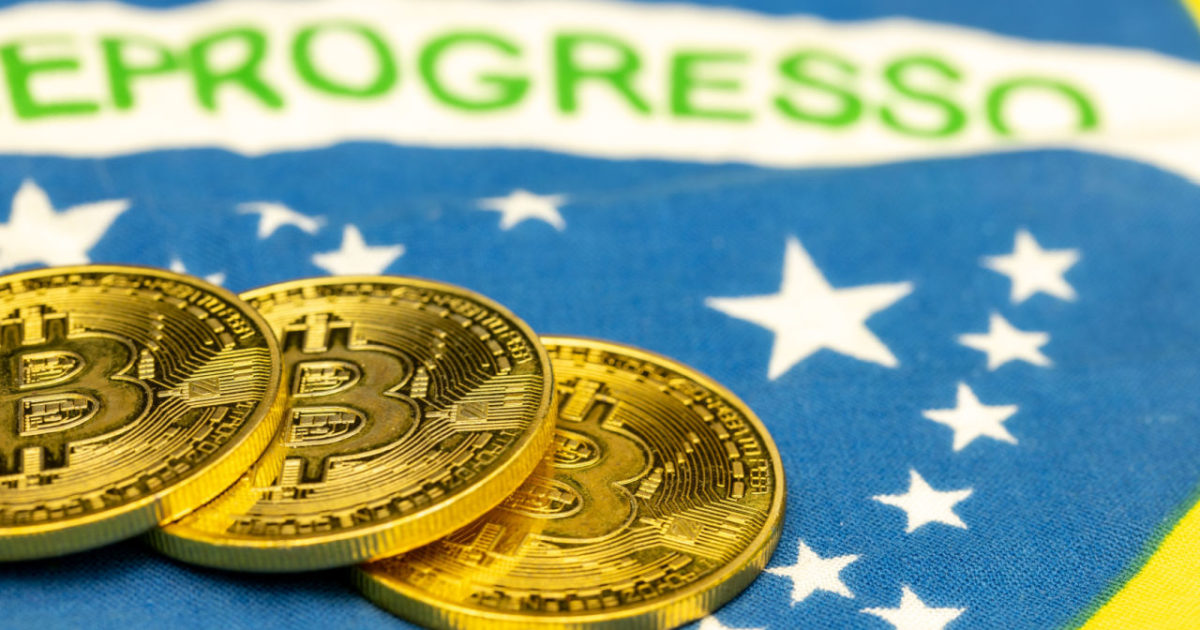Numbers from the Brazilian tax authority indicate that the cryptocurrency market experienced a resurgence in January, with trading increasing more than 10% compared to December. Tether’s usdt is still the currency that moves the most volume, a reality related to OTC (over-the-counter) trades, according to market analysts.
Crypto Market Moves Again in January, According to Brazilian Tax Authority
The Brazilian tax authority, which receives reports of the movements of cryptocurrency by law for tax collecting purposes, released its crypto volume reports corresponding to January. The institution revealed a growth in the volume of the cryptocurrency market, with $2.85 billion dollars being transacted during the period.
When compared to December, the market experienced growth of more than 10%, recovering after events that have been affecting the cryptocurrency sector worldwide, like the bankruptcy of several exchanges and crypto lenders such as FTX, Celsius, and Blockfi.
The numbers of companies and individuals purchasing crypto was average, stronger than December’s records, but falling compared to what was reported during 2022 when the country broke several records for cryptocurrency purchases. However, volume grew more, with only the numbers corresponding to May being higher than the ones reported for January.
Brazilian Preference for USDT Continues
Tether’s USDT, the biggest stablecoin in the cryptocurrency market, continues to be the preferred choice of Brazilians for storing and moving money. The report registered $2.3 billion in transactions using the stablecoin in January, a number that confirms the lead of USDT over other cryptocurrencies.
The significant usage of USDT in the country, growing more than 50% in 2022, has analysts investigating the reason Brazilians are using this dollar-pegged asset. January reports suggested that Brazilians were turning to stablecoins to shield themselves from inflation pains, and also to avoid paying fees for using actual dollars in a bank account.
However, analysts think that USDT might be used in more ways, given the high transaction volumes reported. Fabricio Tota, business director at Mercado Bitcoin, a local cryptocurrency exchange, believes that USDT might be being used by institutions and individuals to send money abroad. In statements given to Portal do Bitcoin, he explained:
We have been able to see in the volumes reported to the revenue service a very large, very significant volume of USDT that is not on local exchanges. This leads us to believe that this volume is on the main OTC desks and that they meet a different type of demand.
Recent reports indicate that some companies are using USDT to settle payments in Venezuela, avoiding the risks of being affected by the economic sanctions that the country is currently suffering.
What do you think about the January cryptocurrency market report in Brazil? Tell us in the comments section below.
Image Credits: Shutterstock, Pixabay, Wiki Commons
Disclaimer: This article is for informational purposes only. It is not a direct offer or solicitation of an offer to buy or sell, or a recommendation or endorsement of any products, services, or companies. Bitcoin.com does not provide investment, tax, legal, or accounting advice. Neither the company nor the author is responsible, directly or indirectly, for any damage or loss caused or alleged to be caused by or in connection with the use of or reliance on any content, goods or services mentioned in this article.




